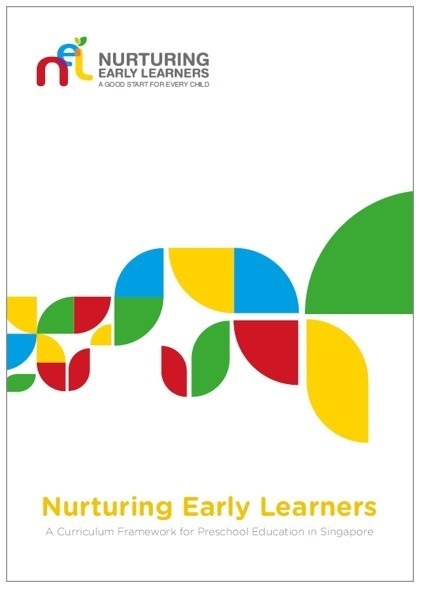Authentic learning through quality interactions
What does it mean?
Children construct knowledge through interactions with people, objects, and the physical environment in contexts that are real, relevant and meaningful to them. Quality interactions occur when the teacher intentionally plans for children to be engaged in shared and sustained conversations with others as they interact with people/objects/the environment and work together to develop a concept or build on an idea.
| Find out more |
|---|

|
How can you do it?
- Create a positive and supportive environment so that children feel comfortable about working and playing together, talking about their experiences, asking questions, and expressing their thoughts and feelings.
- Set clear classroom expectations and routines to maximise time for shared and sustained interactions between the teacher and children, and between children, as well as using a variety of strategies and materials to actively engage children.
- Foster cognitive development by using questions and prompts to extend children’s thinking and understanding, as well as language modelling to support children’s language development as they build on ideas and concepts together.
| Find out more |
|---|

|
Example
This video illustrates the iTeach principle, Authentic Learning through Quality Interactions, in action in the classroom. When children are given ample opportunities to engage in sustained, shared conversations, these quality interactions expand their thinking, stimulate their creativity and enrich their learning. The teacher shares how she thoughtfully plans an authentic learning activity for the children and facilitates sustained back-and-forth exchanges to promote quality interactions with the children. In addition, we also see that quality interactions can happen beyond the classroom, even during transitions and routines!
Here are some examples of questions you can use to engage children in sustained conversations:
| Questions for... | Examples |
|---|---|
| Recalling information |
|
| Directing attention |
|
|
Purpose: to promote organising skills
|
|
| Comparing and classifying |
|
| Sequencing of events |
|
| Purpose: to promote analysing skills | |
| Analysing parts and whole |
|
| Analysing patterns and relationshops |
|
| Purpose: to promote generating skills | |
| Eliciting predictions |
|
| Proposing alternatives |
|
| Encouraging creative/imaginative thinking |
|
| Purpose: to promote metacognitive skills | |
| Becoming aware of one's thinking processes |
|
| Comparing one's thinking with the thinking of others |
|
| Expressing emotion and making personal connections |
|
| Find out more |
|---|

|